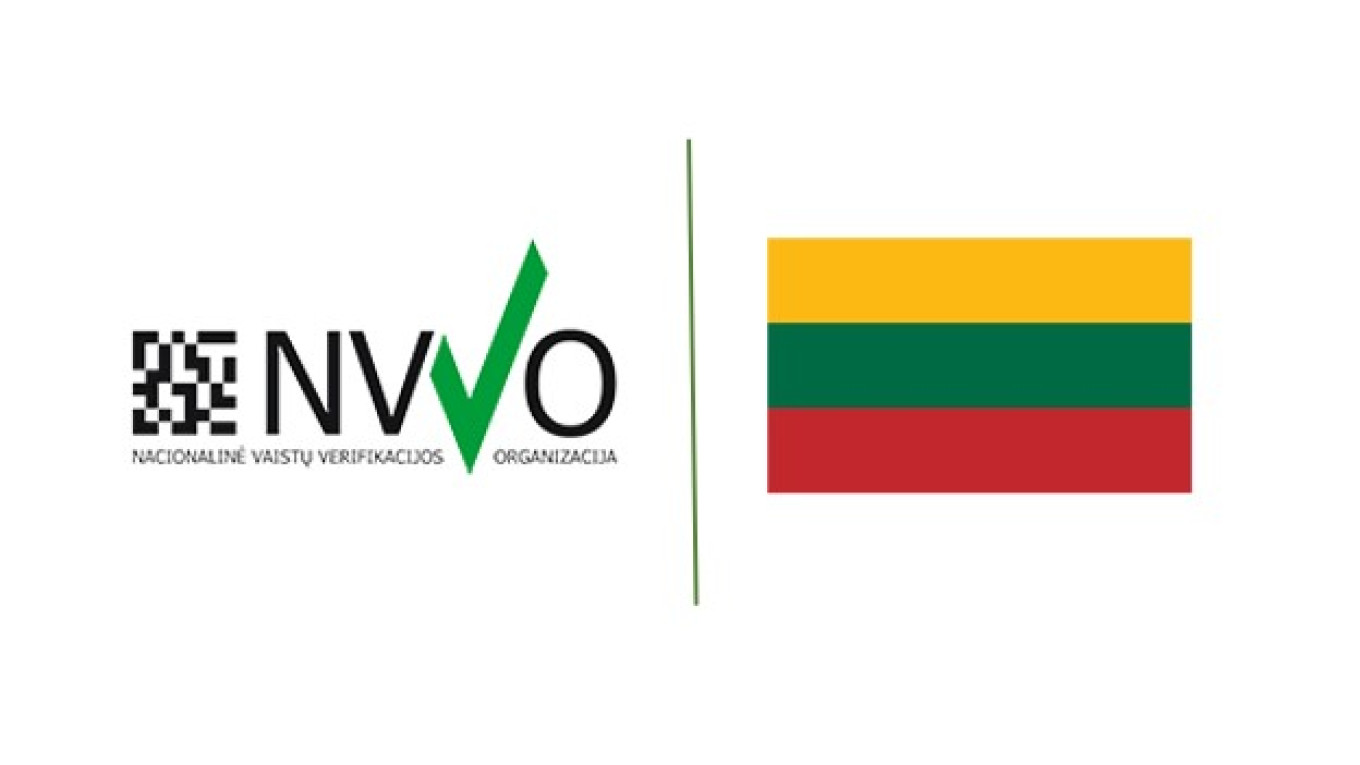Tomas Petkevičius, NVVO Director
While setting up the Lithuanian Medicines Verification Organization (NVVO) came with its challenges in the beginning, ever since its founding back in 2017 we have not swayed from our goal: to ensure the safety of medicines for patients. We have a strong presence and support from our shareholders: the Innovative Medicines Association, the Generic Medicines Association, the Medicines Wholesale Trade Association, and the Lithuanian Pharmacies Association. Representatives from these associations form the Board of the NVVO.
I’m also thankful for the cooperation with the Lithuanian National Competent Authority (NCA). Their help was invaluable at the early stage of the NVVO, as I toured Lithuania with NCA representatives, giving presentations and organizing workshops for end users, at a time when the Falsified Medicines Directive and the Delegated Regulation were not yet well known.
NVVO is a small organization with only two regular staff members, but we rely heavily on IT tools and programs to fulfil our daily duties.
2018 we were one of the first NMVOs to use a customer management system (CRM), which has proven to be a huge asset for us in onboarding and verifying end users, as well as handling a large number of MAHs (contracts, invoices, etc.). However, due to an increased demand for additional features, we were faced with the challenge of migrating from one CRM to another a couple years later.
Another important tool for us is NMVS Alerts – the alert management system. The NVVO was one of the first countries to adopt a systematic approach to tracking alerts raised in our system. We implemented this system in 2019 in the production environment, in collaboration with colleagues from Slovenia, who were pioneers in this area. Why does this system work so well? There are several benefits:
- his system allows us to receive alerts in a user-friendly format with all possible details included, i.e. product, market, possible issue (not only a code, but differences between scanned data and stored data in NMVS), exact location, etc.
- It serves as a communication tool between end-users and the NVVO, as well as between MAHs, end-users, NVVO and NCA if needed. When an alert is raised, information is received by all parties (MAH, End User and NVVO). If one of the actor’s requests additional information, this comment is sent directly to the recipient. This feature greatly facilitates the communication process – one of the biggest challenges for organizations.
- The process can be automated – currently up to 75% of all alerts can be closed without human interference by applying variable business rules.
Another great factor of our success story is the collaboration with colleagues from other countries sharing the same IT provider for the NMVS systems. We have a strong, cooperative, active, innovative and friendly Solidsoft Costumers group. This group shares knowledge, resources, and ideas with each other, which is especially beneficial for small organizations like the NVVO, particularly in areas like Quality Management and IT.
Finally, I would like to express my gratitude to the Latvian Medicines Verification Organisation (LZVO), not only for this opportunity to spotlight the NVVO but also for being true colleagues, especially when dealing with shared issues with multimarket packs. I want to give special acknowledgment to Inese, for being a great representative of small countries as observer on the EMVO Board.
